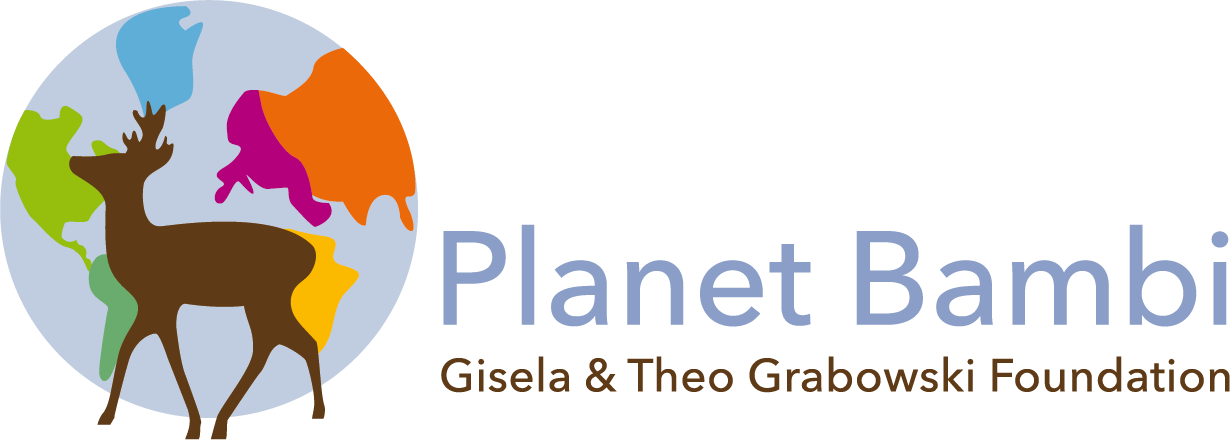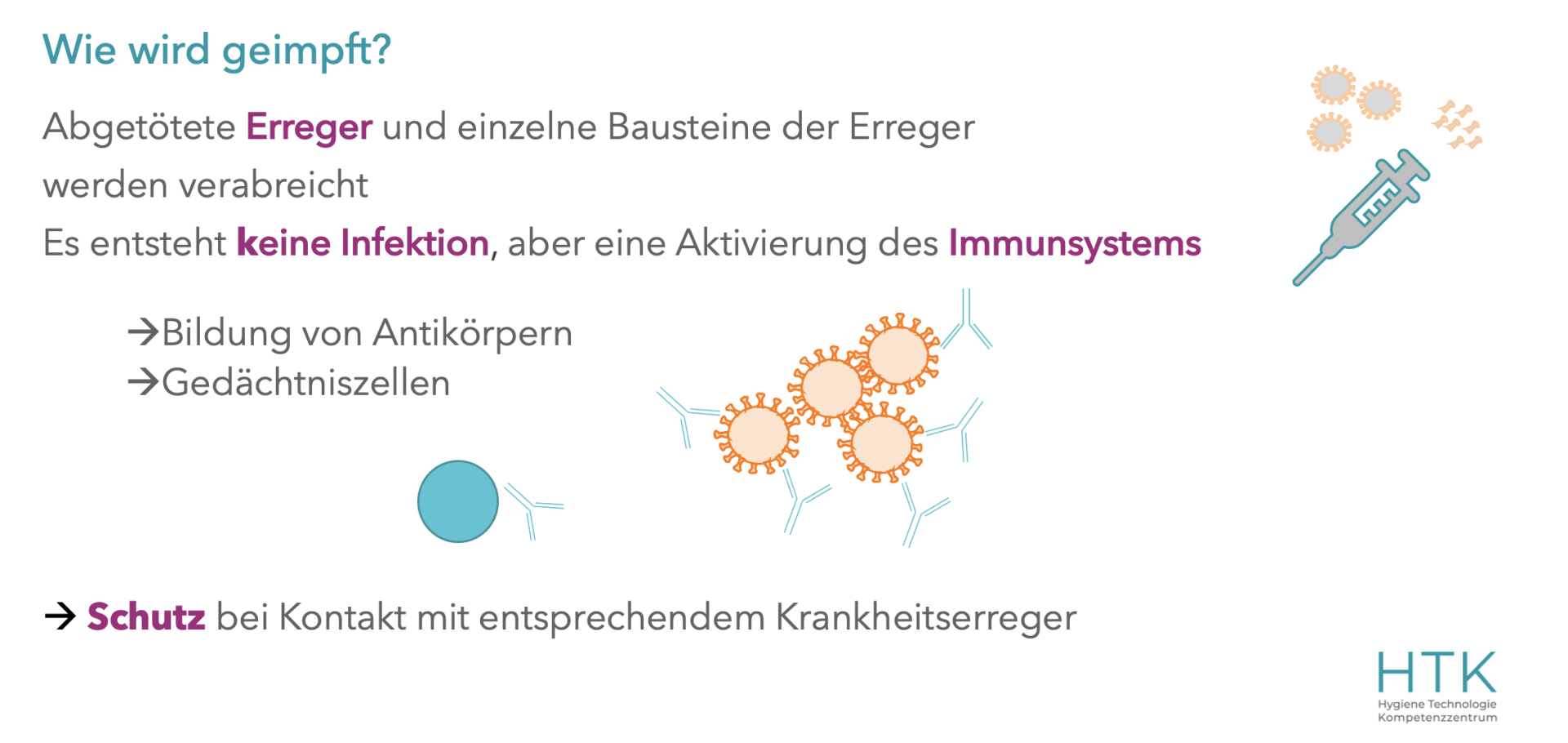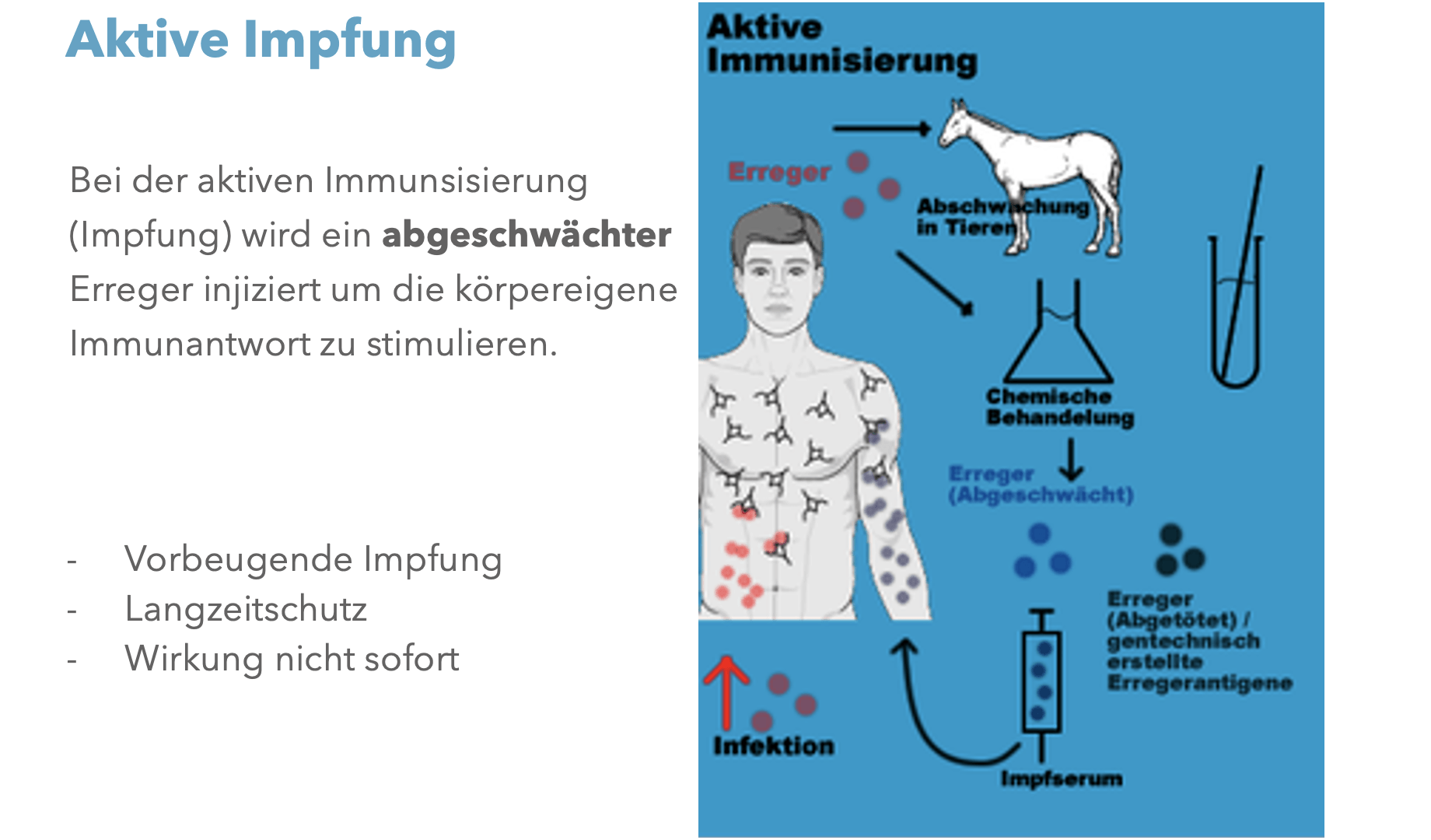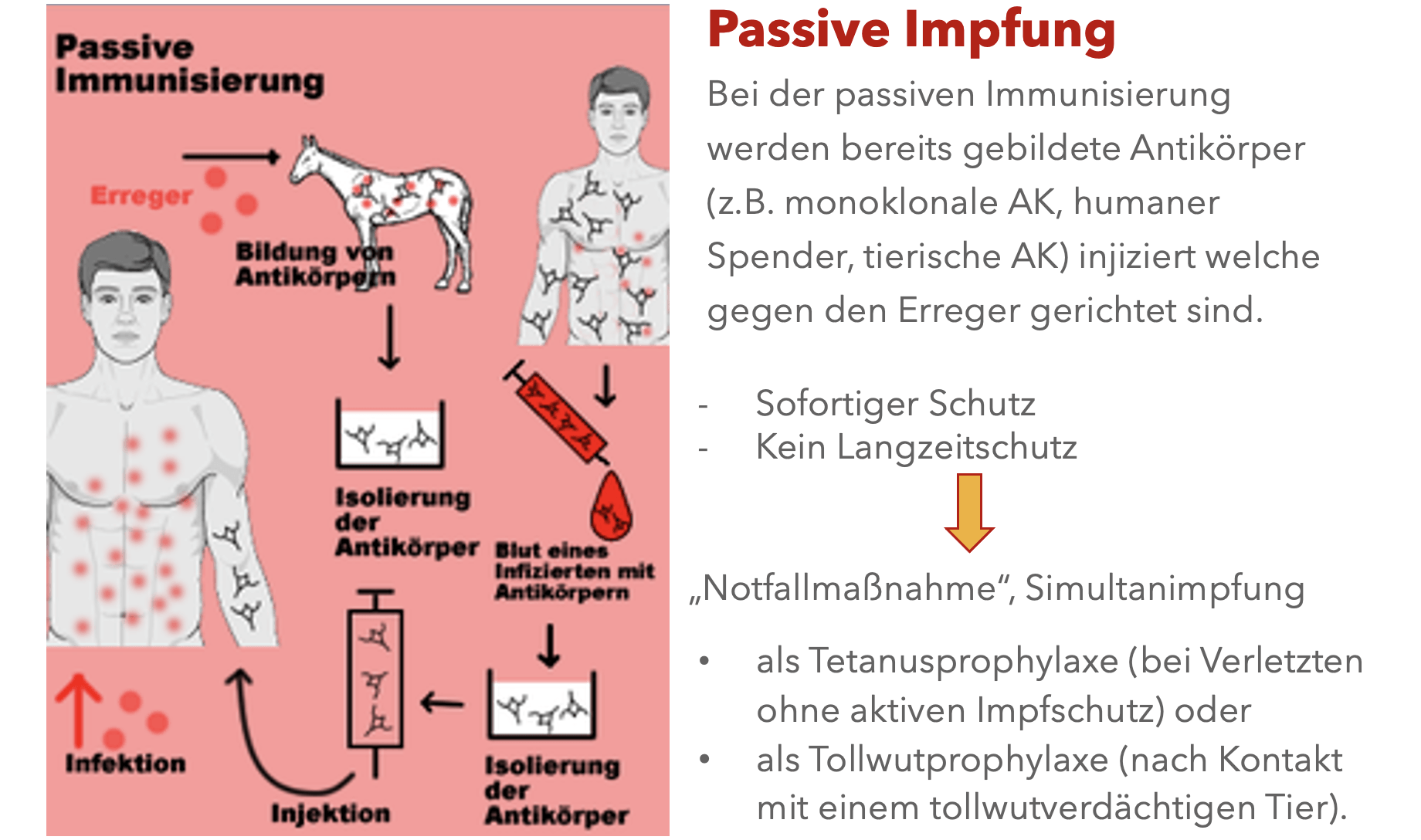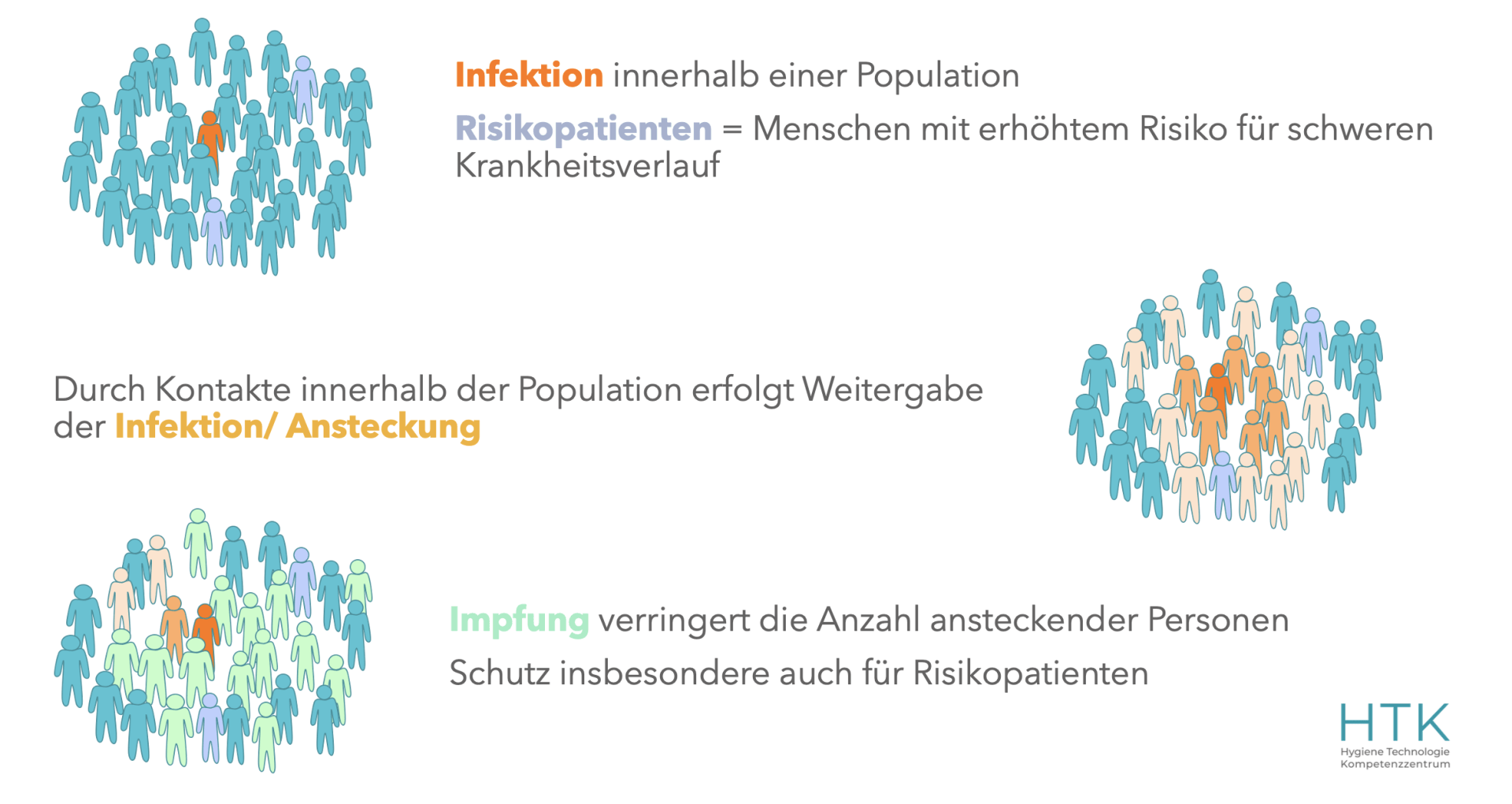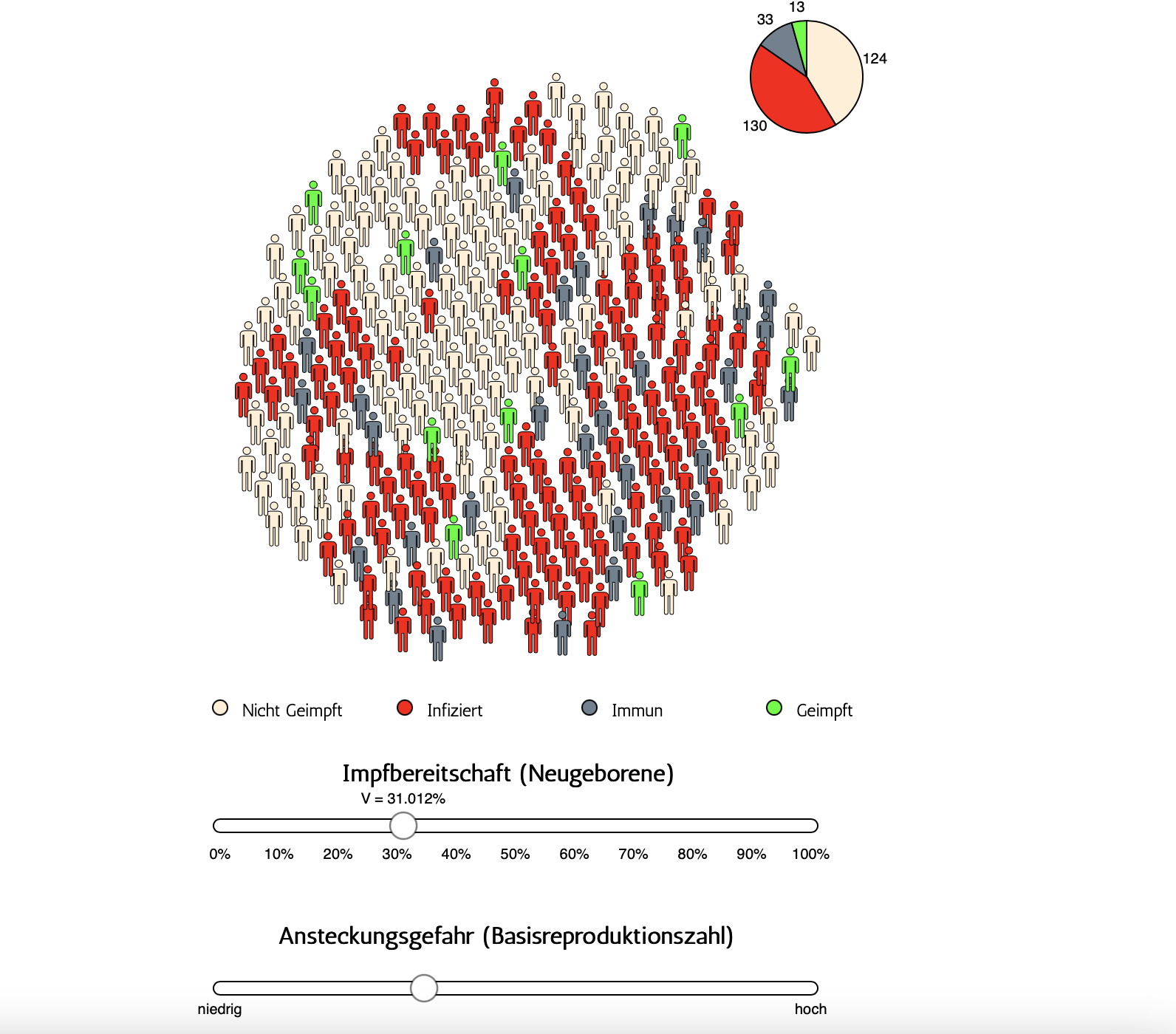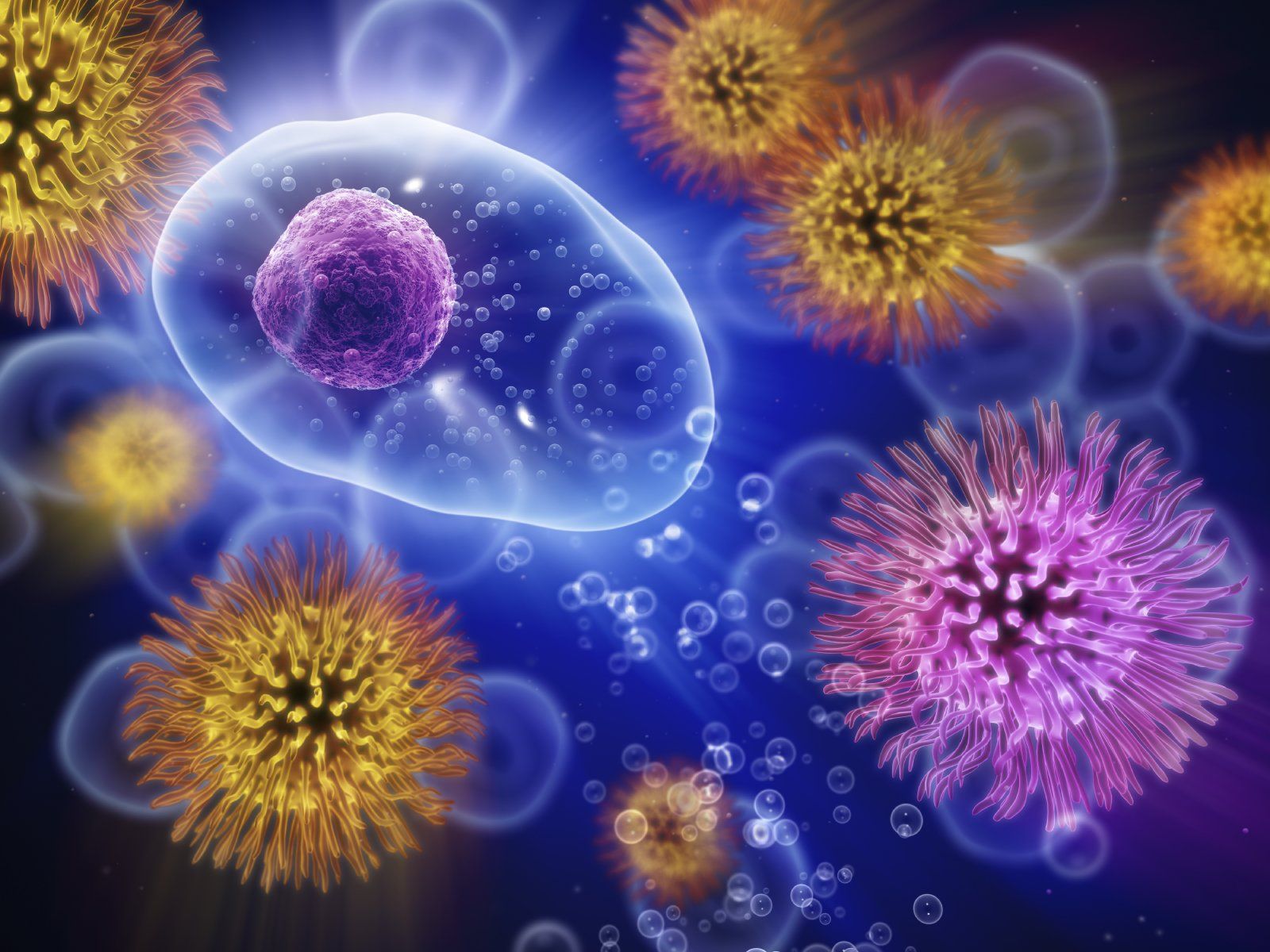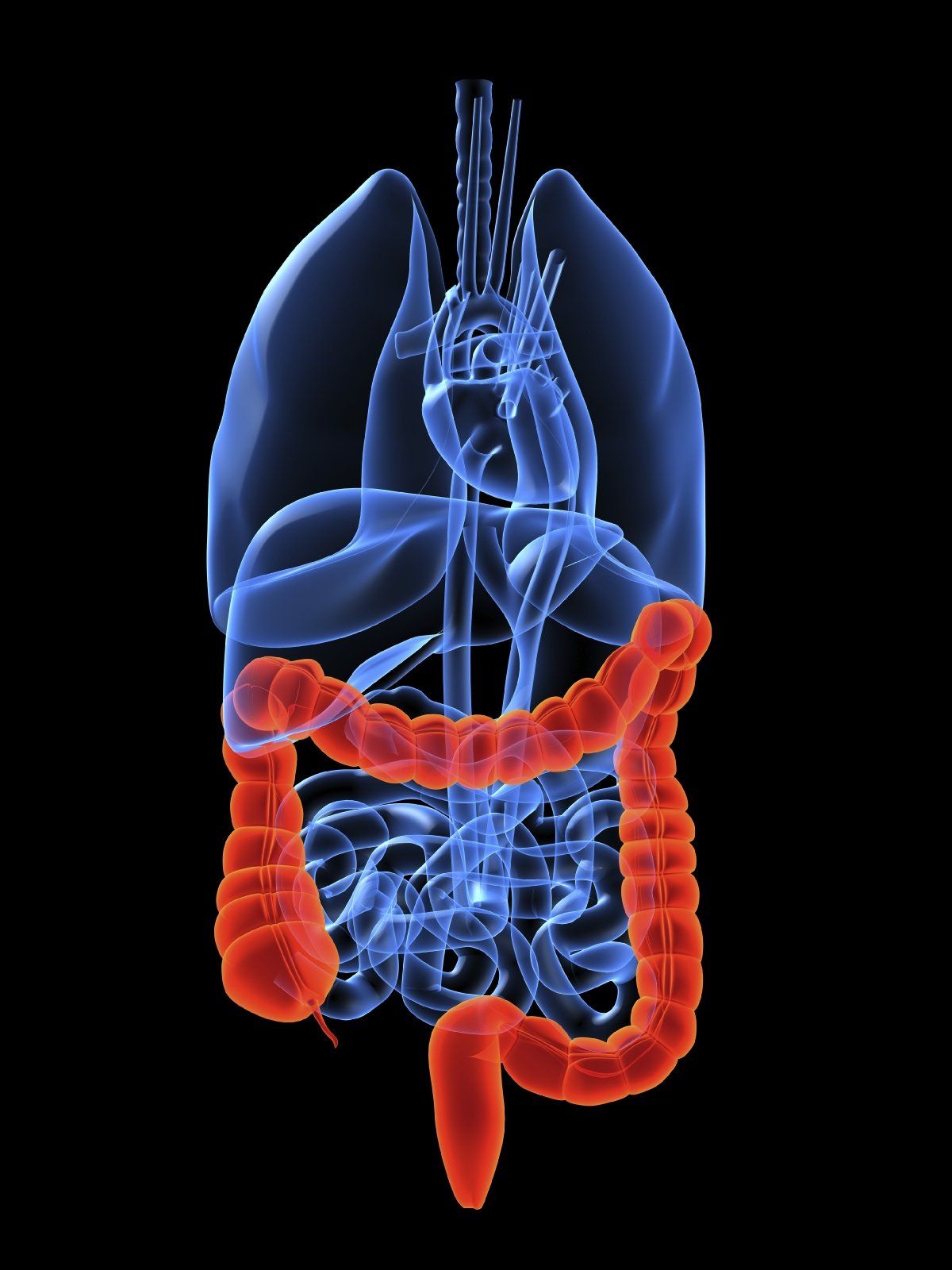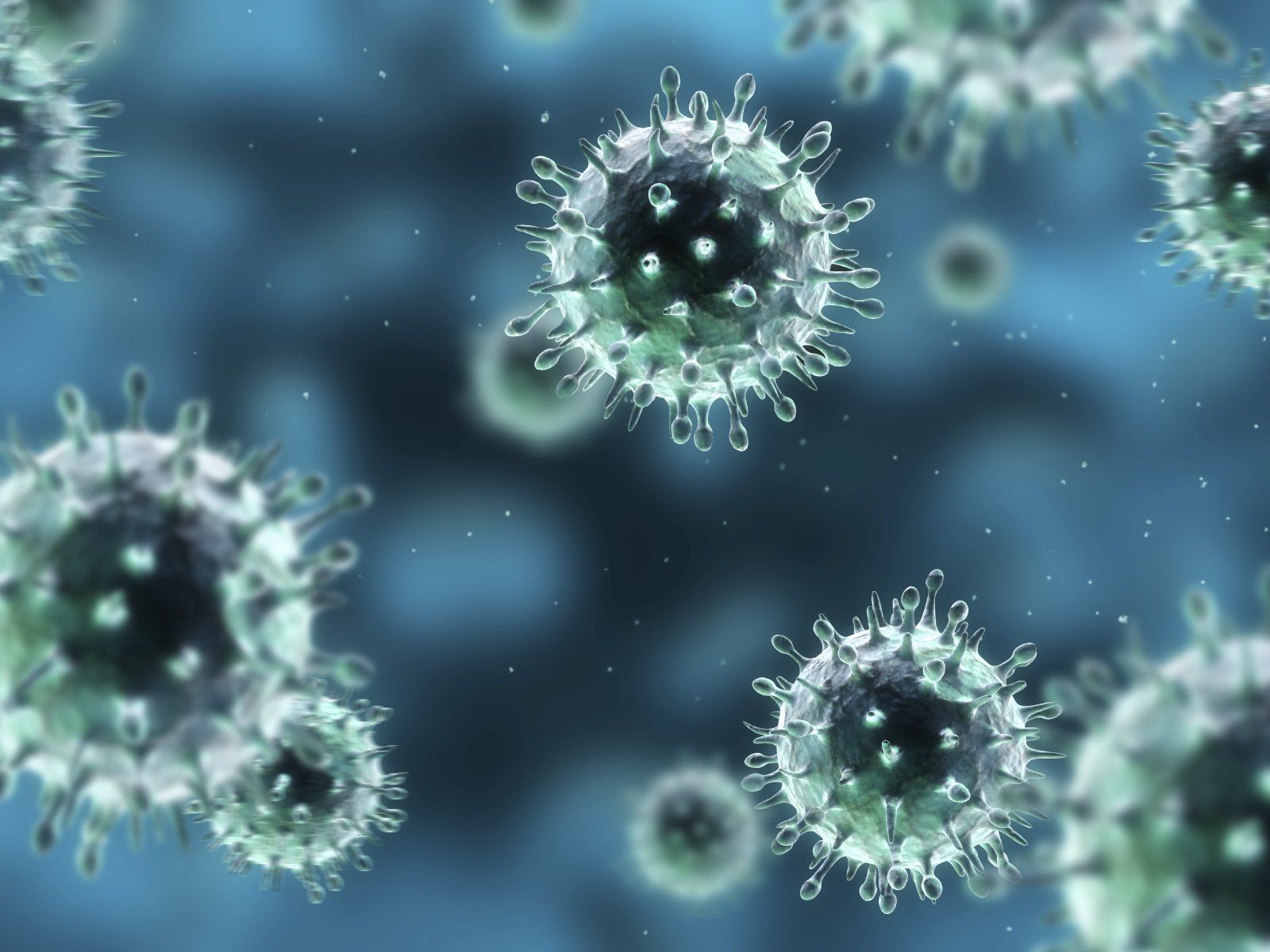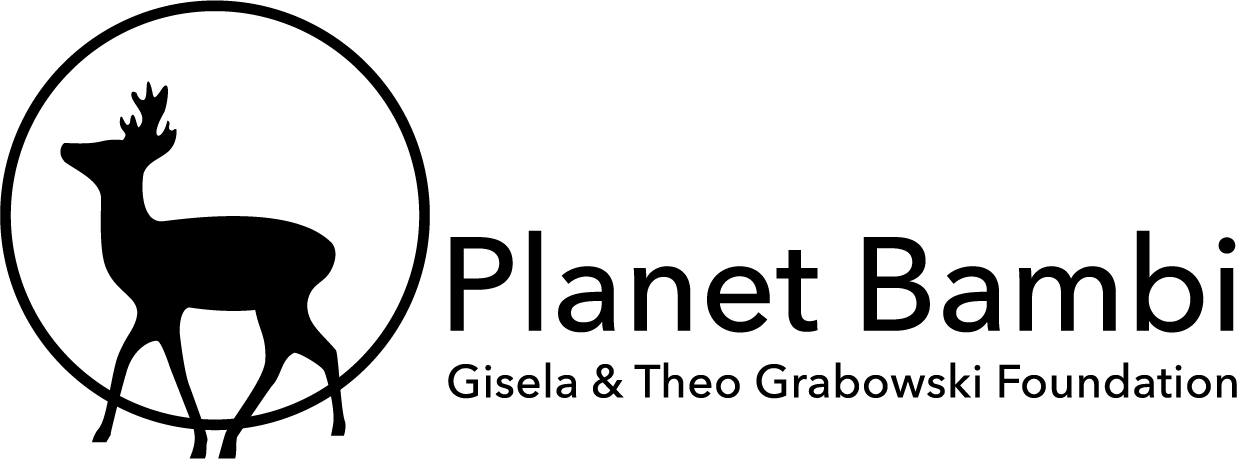3️⃣ IllnessThere are a thousand diseases...but only one healthL. Börne
HOW DOES A VACCINATION WORK?
There are very dangerous viruses and bacteria that can cause life-threatening illnesses.
Vaccinations (e.g., measles) are available to provide the best possible protection against such diseases. A vaccination not only protects the vaccinated person but also reduces the transmission of the pathogens.
This community protection (herd immunity) is very important because it can defeat pathogens.
🎥 Vaccination against viruses
What helps against viruses? (CC BY 4.0)
Source: sat nano/ Raketenfilm / Titus Gust / Konstantin Fuchs
👉🏻 Got it? Time to take a quiz...
Vaccination: How big is the risk?
WHAT IS HERD IMMUNITY?
Herd immunity(fromEnglishherd immunity) refers to theEpidemiologyan indirect form of protection againstcontagious disease, which occurs when a high percentage of apopulationhas already become immune – either through infection or throughVaccination– so that the possibilities for spreading thepathogenwithin the population as a whole.
There are two ways in which herd immunity develops: either when a large part of the population has been infected and has acquired immunity, or by vaccinating a sufficiently large number of people.
Video Herdenimmunität (CC BY 4.0)
3sat/nano/Raketenfilm/Andreas Gust/Konstantin Fuchs/
HOW DOES INFECTION OCCUR?
Here you can simulate herd immunity (click on the image):
Cornelia Betsch, University of Erfurt
Robert Böhm, RWTH Aachen
Dirk Brockmann, Robert Koch Institute & Humboldt University of Berlin
Icon made by Scott de Jonge from www.flaticon.com
